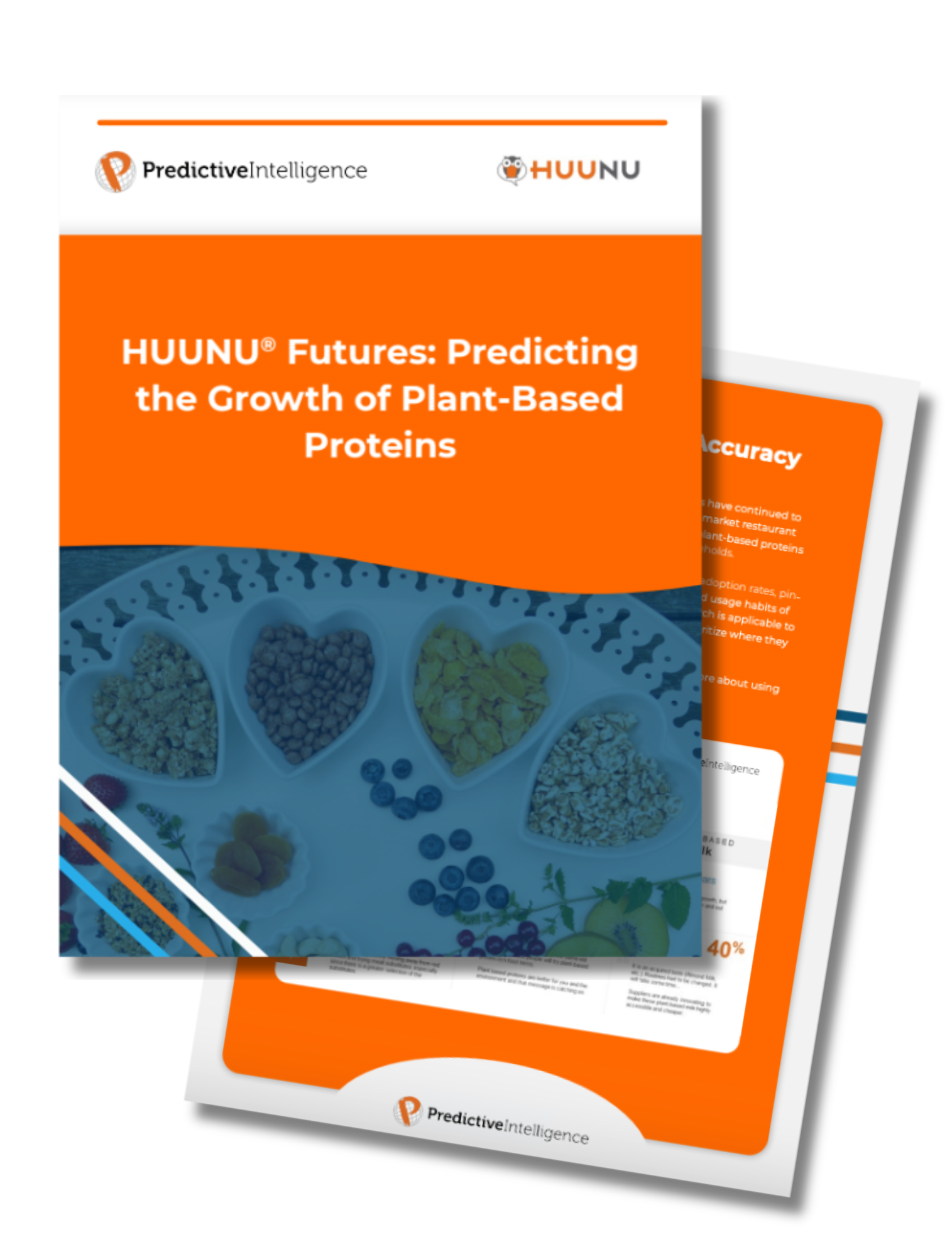How to achieve a representative sample using a prediction market
Collating a representative sample is a high-stakes game, able to make or break the fidelity of your research. Prediction markets – a market research methodology that captures the collective judgment of a diverse pool of participants – have emerged as a powerful means of identifying a sample that accurately represents the demographics and characteristics of a target population. Here’s how CRG uses a prediction market to achieve a representative sample:
Screen participants to identify key characteristics
The first step is to use a screening survey to accurately identify key characteristics of prediction market participants. All participants who qualify are invited to participate in the HUUNU 🄬prediction market game, where they will bet virtual currency to predict how a target audience will respond to the concept, product, or new service under evaluation. This screening process is the first step to building a representative sample which will offer a view into the preferences of the target audience.
Click-balance incoming participants
Participants entering the prediction market game are balanced on variables like age, gender, household income, geographic region, race, and ethnicity to develop a high-veracity representative sample. This sample will form the basis of the research participants, sometimes augmented by specific target audience sub-sets.
Select participants who are likely to be exposed
CRG’s sample design goal is to include people in the prediction market who are most likely to be exposed to the new product, service, or campaign under testing. The survey screener helps to identify these participants.
Broaden the qualifications for who is included
Because a prediction market asks participants to draw from their tacit knowledge of how they believe others will respond to a product, service, or campaign, broadening the qualifications for who is included in the prediction market tends to deliver more accurate and reliable in-market results, as participants offer up insights they’ve heard from friends, family, or social circles in a way that minimizes various biases.
How CRG Predictive Intelligence balances representative samples vs. target samples
While CRG recommends using a representative sample as a starting point, the prediction market methodology does include a close look at target groups such as brand buyers, demo regions, or particular generational cohorts. However, the research is designed in a way that means these target groups generally emerge naturally or are teased out through an augment group which is used to analyze the predictions of a target audience in comparison to those of the representative sample. The result is a nuanced, granular, rich set of data that helps deliver a clear picture of the likely success of the product, service, or campaign under testing with enhanced accuracy compared to traditional methodologies.
For more accurate representative samples and more reliable response data, choose CRG
For over a decade, CRG Predictive Intelligence has been helping insights professionals and marketers optimize their decision-making for unprecedented strategic advantage.
It starts with industry-leading sampling methodologies. Through a cutting-edge prediction market methodology, CRG delivers high-quality representative sampling that ensures the highest levels of in-market accuracy for market research.
Find out how predictive market research can help you with accurate representative sampling by getting in touch with our team today!







